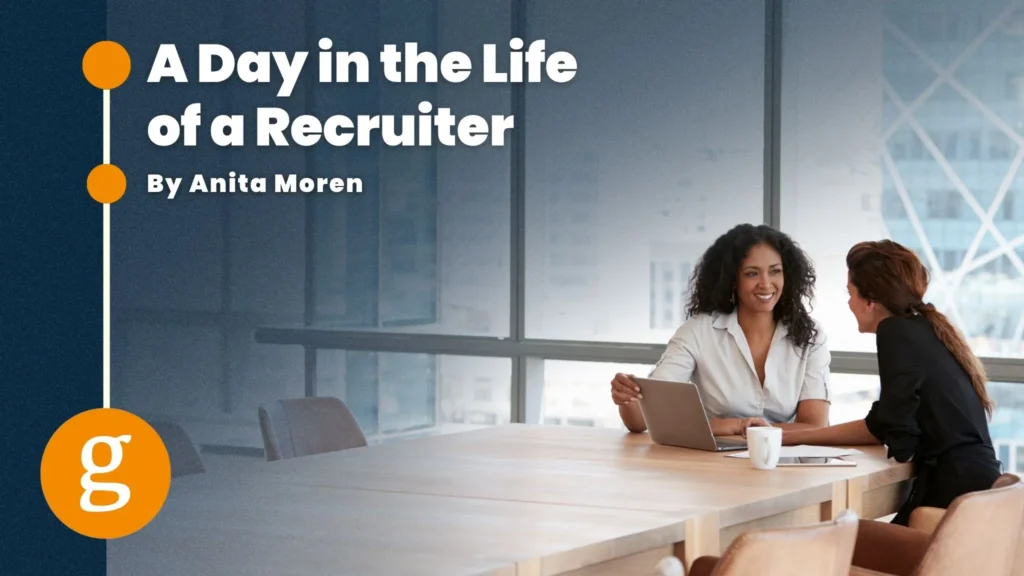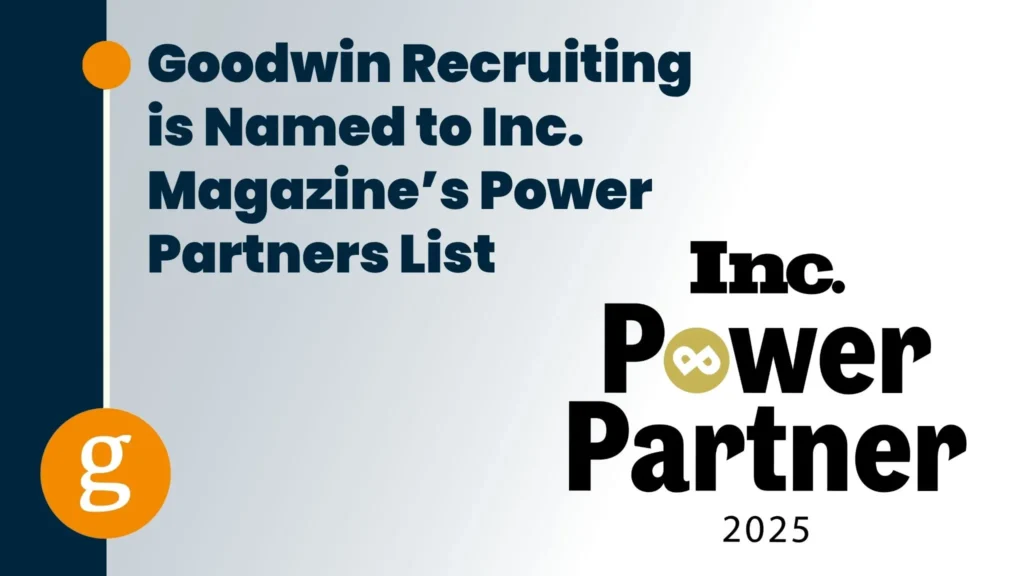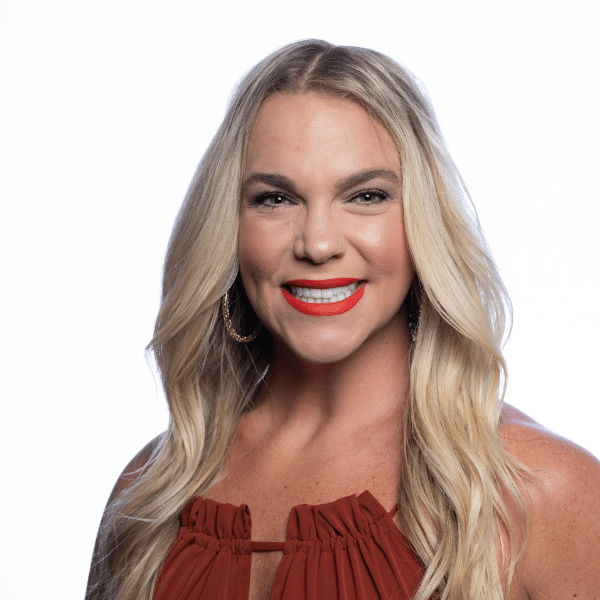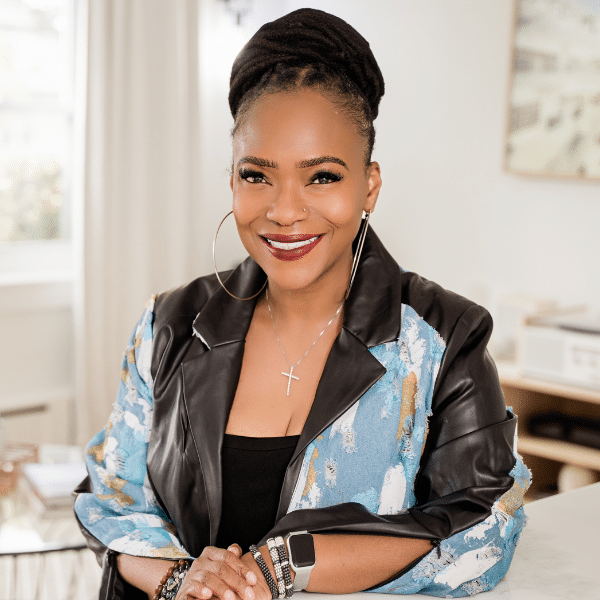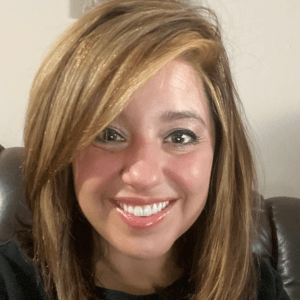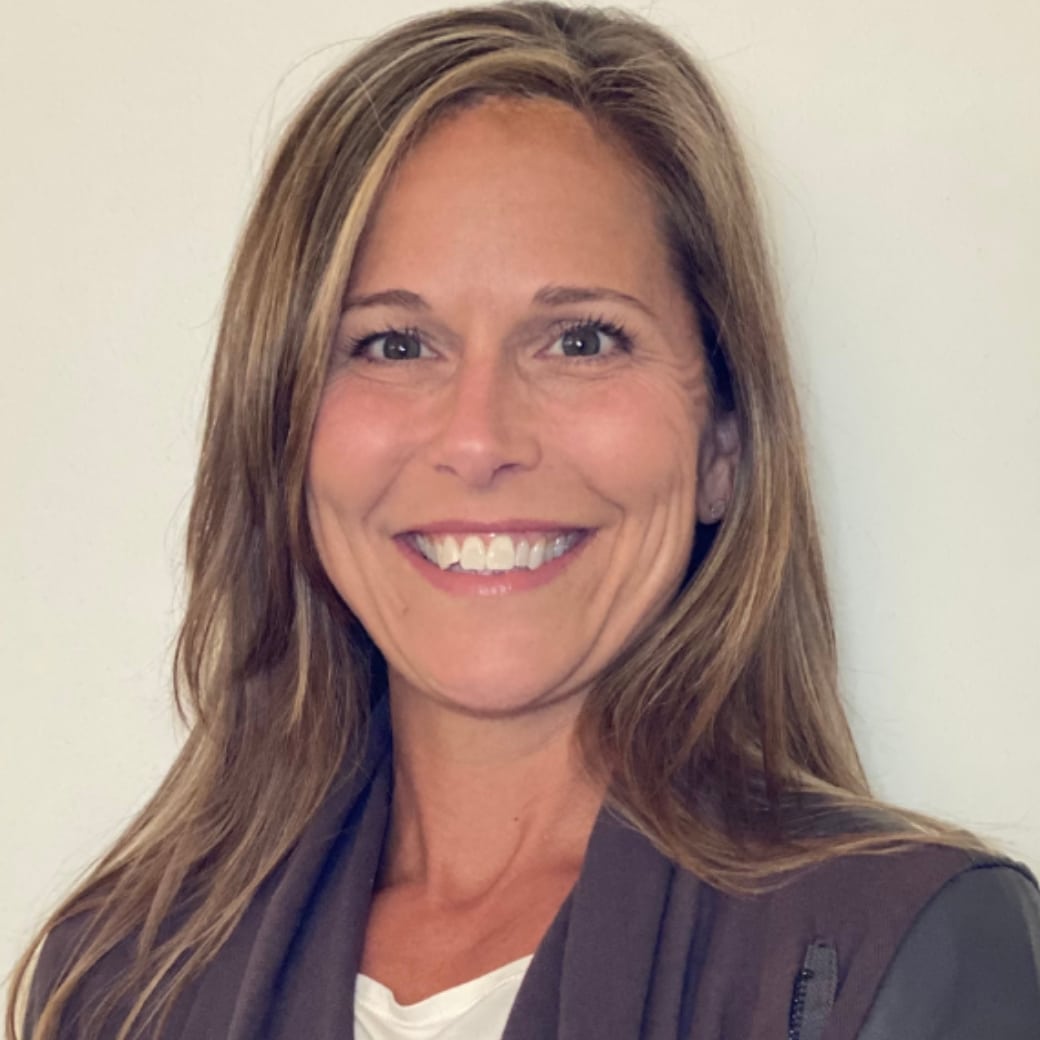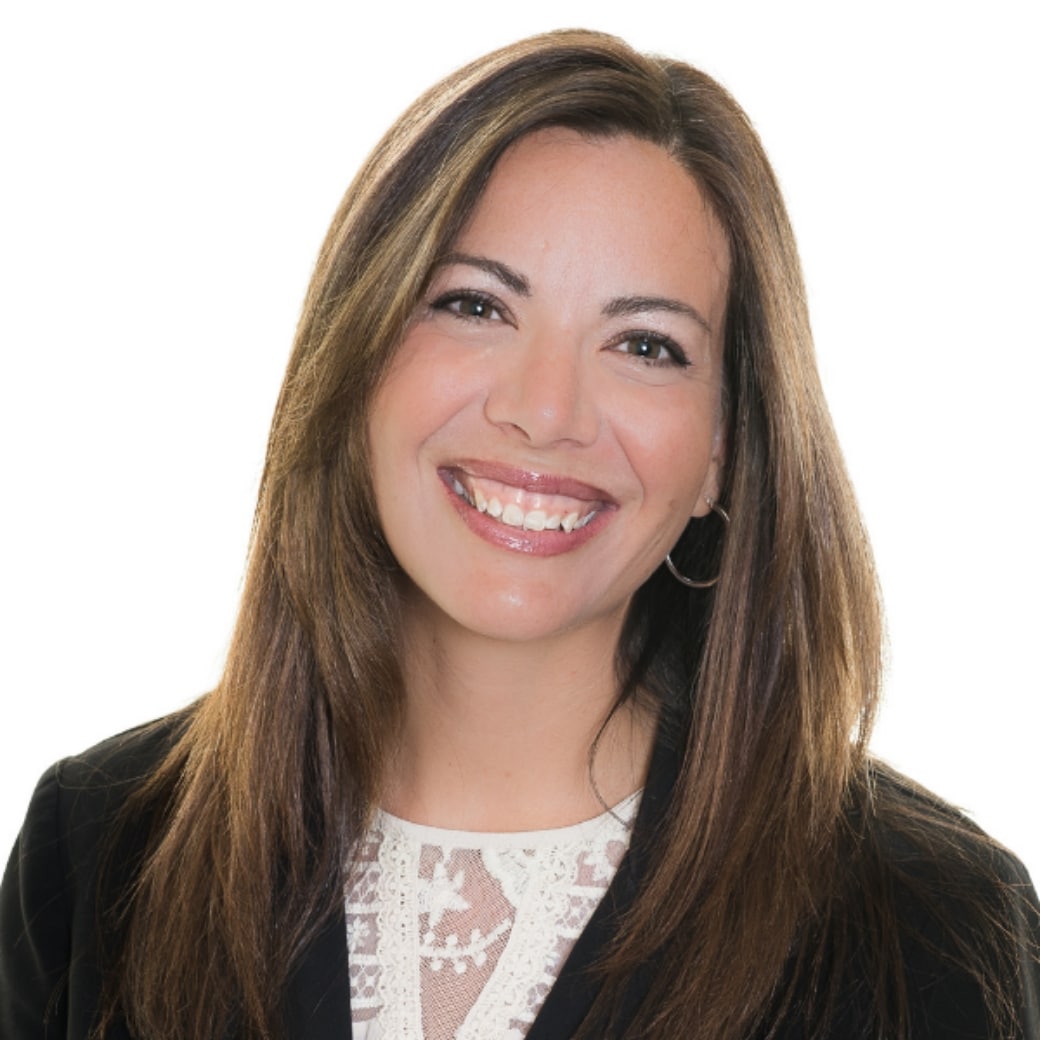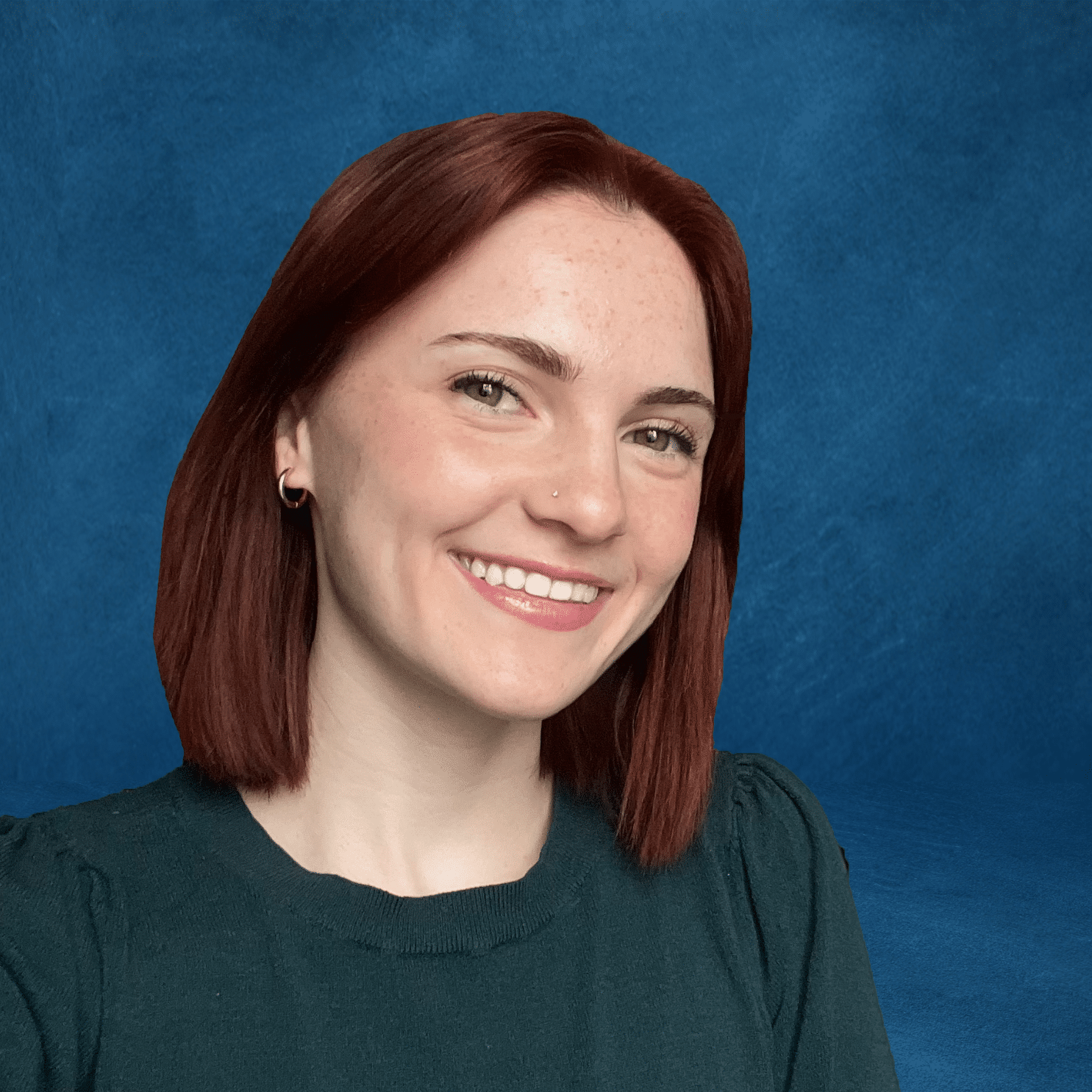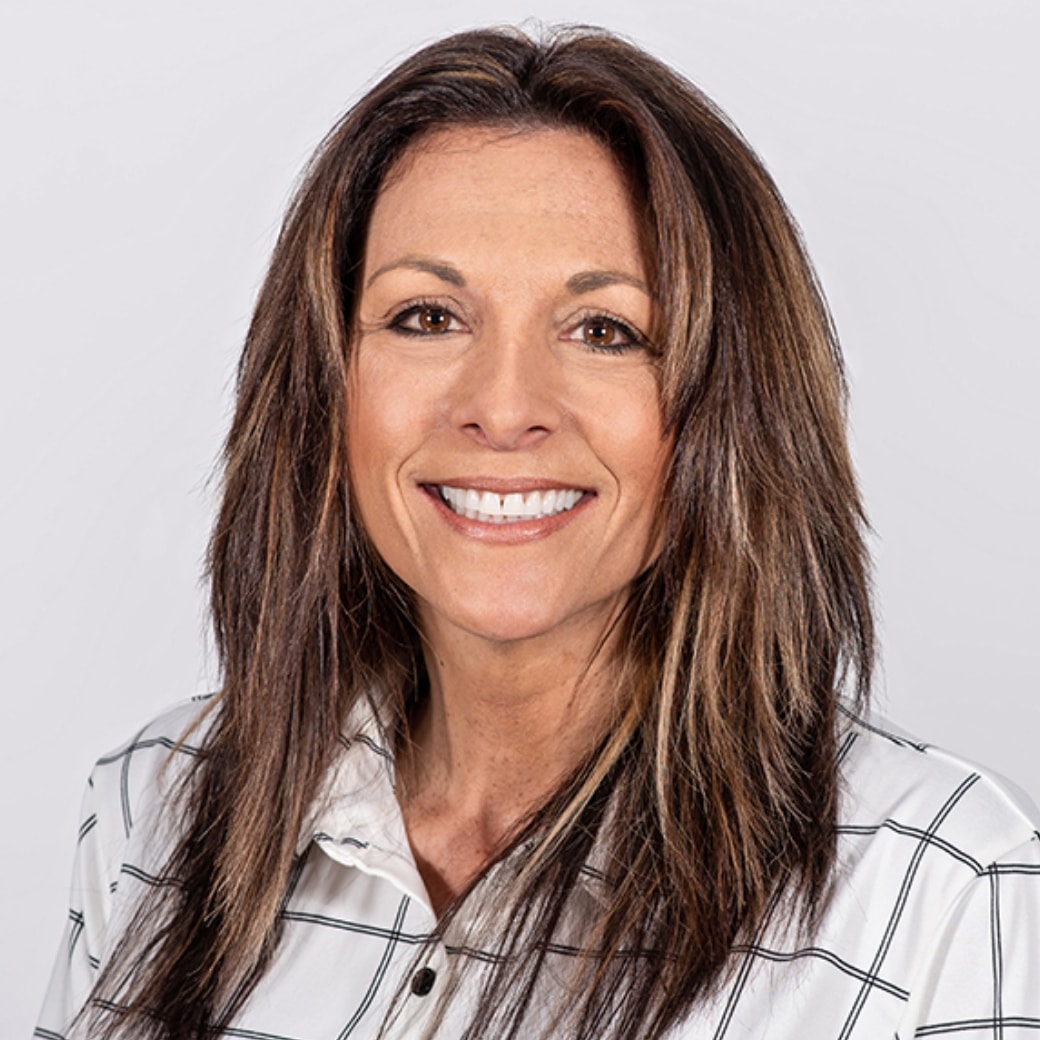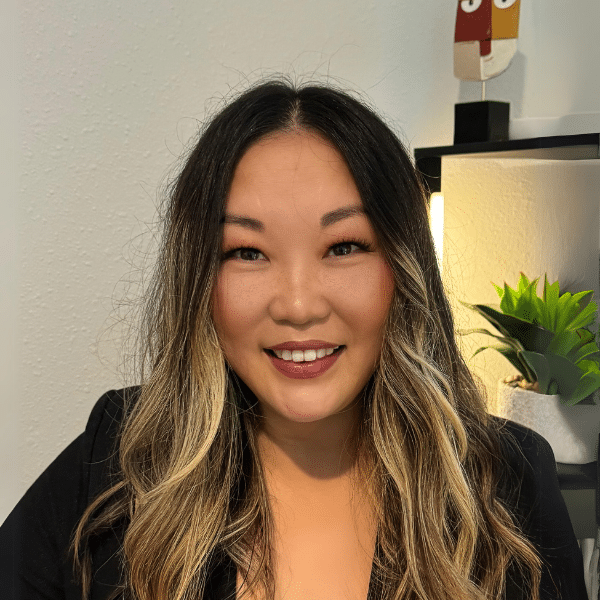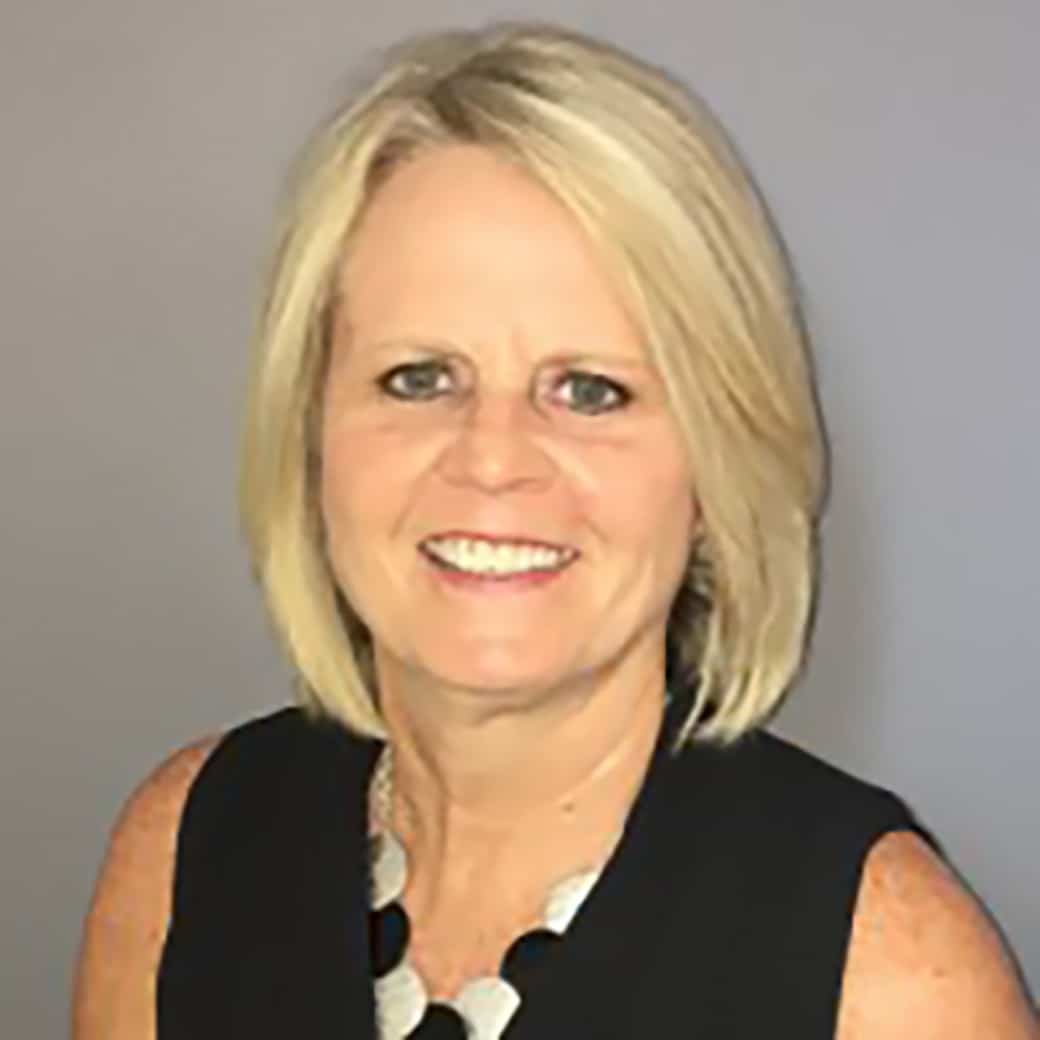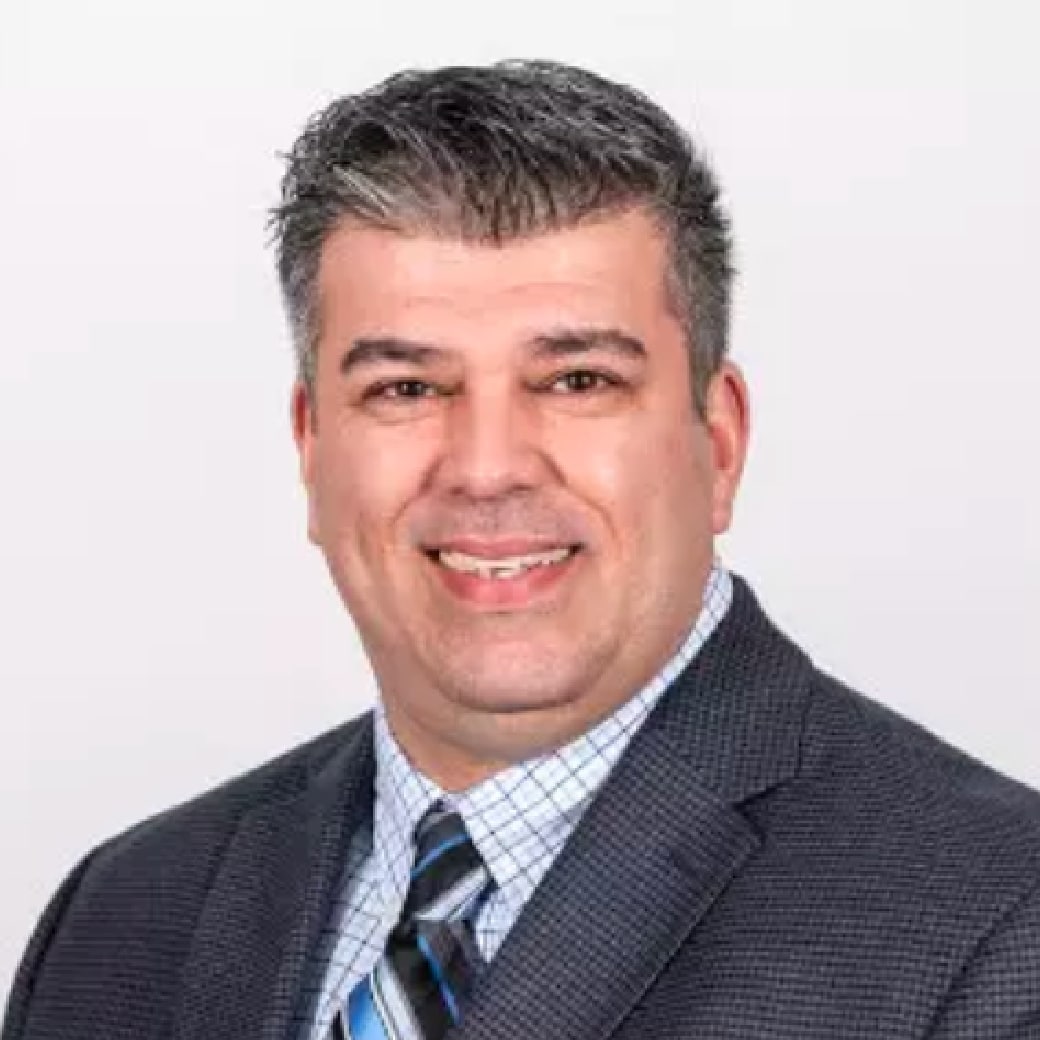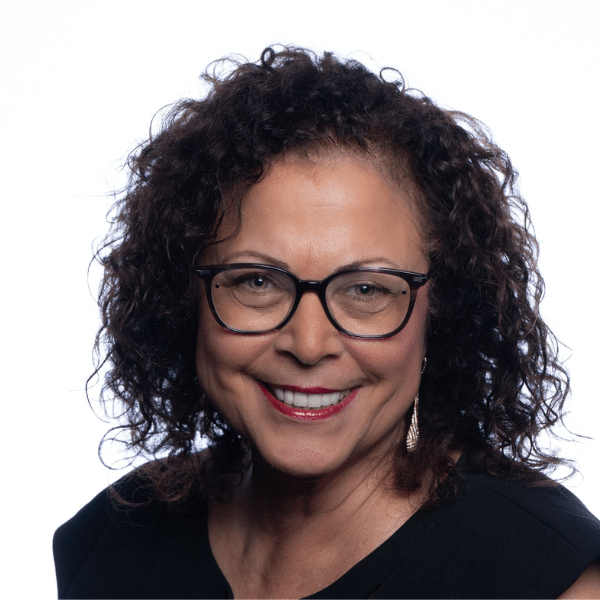Basic Sign Language Everyone Should Know
Goodwin Recruiting | Industry News, Opinion, Opportunity for All | September 27, 2023
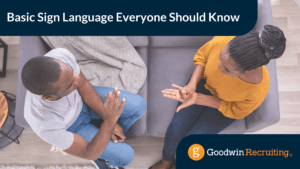
September is Deaf Awareness Month, dedicated to raising awareness around deafness and the issues faced by the deaf and those experiencing hearing loss in our communities. There are a large number of people impacted by hearing loss in our world today – over 1.5 billion, in fact. In the United States and Canada alone, it’s estimated that ‘250,000-500,000 use American Sign Language (ASL) as their native language for communication‘.
Many of us know someone with hearing loss, and our team at Goodwin Recruiting is no exception. Knowing the basics of sign language can be extremely helpful in a variety of situations – not only for friends or family with hearing loss, but for those with autism, those with small children (helping them to learn signs before they’re able to talk), those who are nonverbal, or anyone who experiences trouble with oral language. ASL can even help us communicate with one another in loud places like a concert, or in quiet places like a library.
Here are some useful signs to learn, if you’re just getting started with the basics:
Hello:
via GIPHY
Goodbye:
I Love You:
Happy:
Sad:
My Name Is:
via GIPHY
Bathroom:
via GIPHY
Yes:
No:
Please:
Thank You:
For a full overview of the alphabet using ASL: American Sign Language Alphabet | Learn American Sign Language Letters
When using sign language, it’s good practice to keep your facial expressions in line with what you’re signing. For example, if you’re asking a question, your facial expressions should match as if you’re asking a question.
Using sign language is a wonderful way to be more inclusive and considerate of those around us who may be deaf or hard of hearing. When you know the basics of sign language, you can help to support others and be there as a resource for someone in need. Learn more at:
Share This Article



